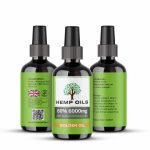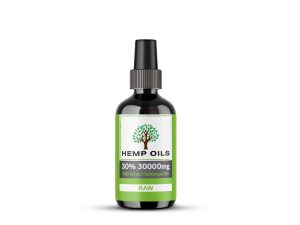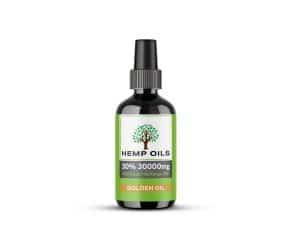Hemp seed oil is a versatile and highly sought-after product that is gaining popularity for its numerous health benefits. Derived from the seeds of the hemp plant, this oil is rich in essential fatty acids and has a pleasant nutty flavor. The process of making hemp seed oil involves several extraction methods and refining processes to produce a high-quality and pure end product. In this article, we will explore the different steps involved in the production of hemp seed oil.
Extraction Methods for Hemp Seed Oil
Hemp seed oil is typically extracted using two main methods: cold pressing and solvent extraction. Cold pressing is the preferred method as it retains the maximum amount of nutrients, but solvent extraction is sometimes used for larger-scale production. Cold pressing involves mechanically pressing the seeds to extract the oil, while solvent extraction uses a solvent such as hexane to dissolve the oil from the seeds. Solvent extraction is more efficient but can leave behind traces of the solvent, which is undesirable for some consumers.
The Decortication Process: Removing the Shell
Before the seeds can be pressed or extracted, the first step is to remove the outer shell, or husk, from the hemp seeds. This process is known as decortication and can be done mechanically or manually. Mechanical decortication involves using specialized machines to crush and separate the husks from the seeds. Manual decortication, on the other hand, involves soaking the seeds in water and then rubbing them to loosen the husks. Once the husks are removed, the seeds are ready for further processing.
Cold Pressing: Extracting Oil from the Seeds
After the decortication process, the hemp seeds are ready for oil extraction. For cold pressing, the seeds are placed in a mechanical press that applies pressure to crush them and release the oil. This method ensures that the oil retains its natural flavor, aroma, and nutritional properties. The resulting oil is raw and unrefined, with a greenish color and a nutty taste. Cold-pressed hemp seed oil is highly regarded for its health benefits and is commonly used in cooking, skincare products, and dietary supplements.
Refining and Filtering: Purifying the Hemp Seed Oil
To produce a more refined and filtered hemp seed oil, additional processes are required. The first step is to remove any impurities and solid particles from the oil. This is typically done through a process called filtration, where the oil is passed through various filters to separate unwanted components. Next, the oil may undergo a refining process, which involves removing any remaining impurities, color, or odor. This can be achieved through techniques such as degumming, neutralization, and bleaching. The final result is a clear and odorless hemp seed oil, suitable for a wide range of applications.
Hemp seed oil is a valuable product with numerous uses and health benefits. The process of making hemp seed oil involves extraction methods such as cold pressing or solvent extraction, followed by decortication to remove the shell. Cold pressing ensures a high-quality oil with its natural properties intact, while solvent extraction is more efficient but may leave traces of the solvent. After extraction, refining and filtering processes are used to purify the oil and remove impurities. Whether used in cooking, skincare, or dietary supplements, hemp seed oil is a versatile and nutritious addition to any routine.




